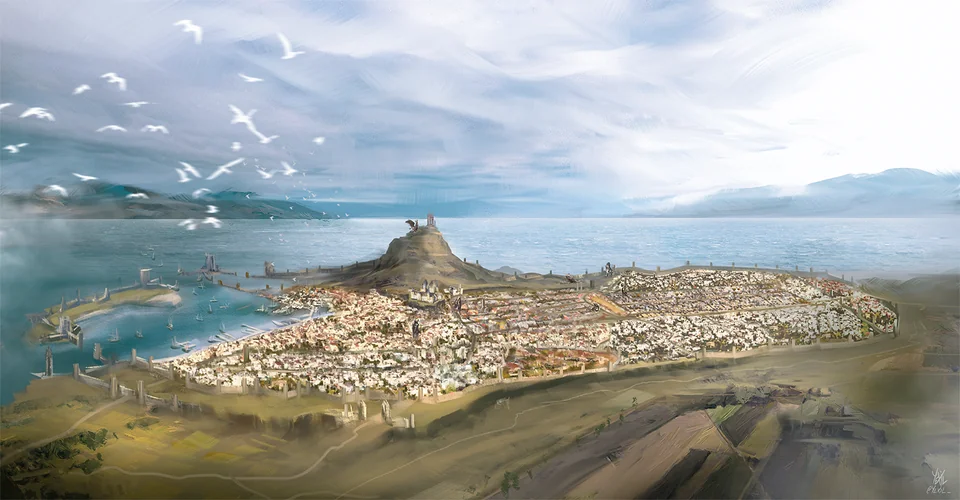Minotaur
Minotaurs are barrel-chested humanoids with heads resembling those of bulls. Blessed with a supernaturally strong sense of direction, minotaurs make great navigators. Some sages believe minotaurs were first created by the Lady of Pain to patrol the magical mazes that she uses to trap her foes.
As a minotaur, you have the following racial traits.
Ability Score Increases
When determining your character’s ability scores, increase one score by 2 and increase a different score by 1, or increase three different scores by 1. Follow this rule regardless of the method you use to determine the scores, such as rolling or point buy. The “Quick Build” section for your character’s class offers suggestions on which scores to increase. You can follow those suggestions or ignore them, but you can’t raise any of your scores above 20.Creature Type
You are a Humanoid.Size
You are Medium.Speed
Your walking speed is 30 feet.Horns
You have horns that you can use to make unarmed strikes. When you hit with them, the strike deals 1d6 + your Strength modifier piercing damage, instead of the bludgeoning damage normal for an unarmed strike.Goring Rush
Immediately after you take the Dash action on your turn and move at least 20 feet, you can make one melee attack with your Horns as a bonus action.Hammering Horns
Immediately after you hit a creature with a melee attack as part of the Attack action on your turn, you can use a bonus action to attempt to push that target with your horns. The target must be within 5 feet of you and no more than one size larger than you. Unless it succeeds on a Strength saving throw against a DC equal to 8 + your proficiency bonus + your Strength modifier, you push it up to 10 feet away from you.Labyrinthine Recall
You always know which direction is north, and you have advantage on any Wisdom (Survival) check you make to navigate or track.Basic Information
Biological Traits
Minotaur horns range in size from about 1 foot long to easily three times that length. Minotaurs often carve their horns to sharpen their edges, etch symbols of power into them, or sheathe them in bronze to prevent them from shattering during battle.
Thick hair extends down minotaurs’ necks and powerful backs, and some have long patches of hair on their chins and cheeks. Their legs end in heavy, cloven hooves, and they have long, tufted tails.
Civilization and Culture
Naming Traditions
The legends that recount the deeds of ancient minotaur heroes are full of other names as well: those of the retainers, allies, lovers, servants, enemies, and others who played roles, however small, in the lives of the heroes. Almost every minotaur name is drawn from that long list of minor characters of legend, so that those folk are never forgotten.


